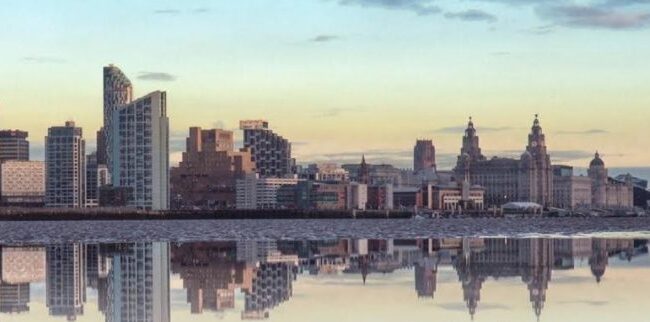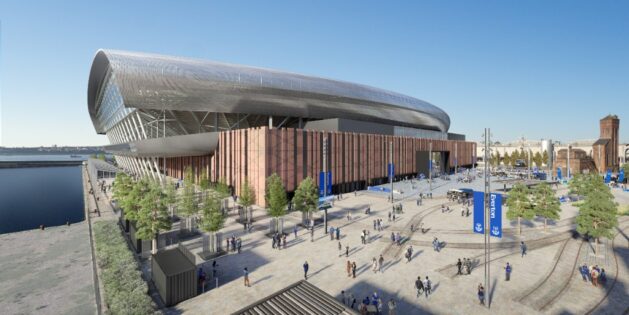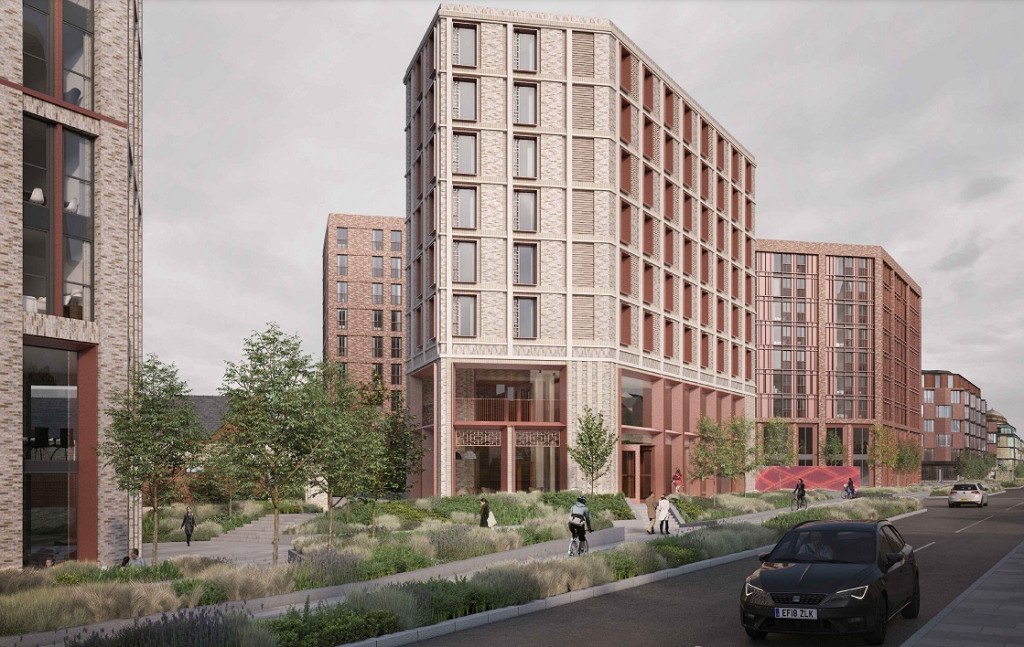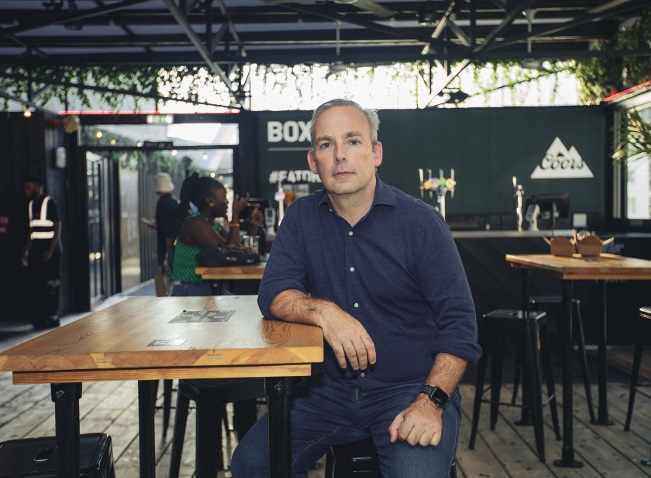Liverpool launches heritage framework amid Unesco talks
The city council has produced a framework to guide development across 260 acres of protected dockland, which it hopes will ensure Liverpool keeps its Unesco World Heritage Status.
The North Shore Vision framework has been drawn up by landscape architect Planit-IE alongside Liverpool City Council’s World Heritage Team and World Heritage Task Force and Steering Group. The parties claim it is the first development document in the UK to adopt guidance set out in Unesco’s own policy for developing historic urban landscapes.
By using Unesco’s Historic Urban Landscapes (HUL) model, the city council hopes to strike a balance between continuing redevelopment of the North Docklands area of the city centre, and conservation of the many historic buildings located within it, in order to satisfy the European conservation body, which is reviewing Liverpool’s Unesco World Heritage Status.
Liverpool Mayor Joe Anderson said the framework “will make Liverpool an international beacon of heritage-led regeneration and play a fundamental role in the multibillion-pound renaissance of this area over the coming decades.”
The area covered by the framework, made up of largely derelict brownfield dockland, encompasses Peel L&P’s Liverpool Waters, the Ten Streets District and Bramley Moore-Dock, where Everton FC plans to build its new stadium, and lies almost exclusively with the city’s World Heritage Site and its buffer zone.
Peel L&P and Everton FC have both agreed to adopt the principles of the framework for their respective developments, although Liverpool City Council has yet to determine the status of the document, and whether adhering to its policies will become a statutory requirement for developers building in the area.
Liverpool was awarded World Heritage status in 2004 and has since invested more than £900m in historic assets and upgraded 37 listed buildings within the site.
However, some commentators believe the accolade has stunted development in the city and Liverpool should willingly give it up.
Frank McKenna, chief executive of the Downtown Liverpool in Business group, has been an outspoken critic of the World Heritage badge and reiterated his call for Liverpool to turn its back on Unesco after Historic England objected to Everton’s stadium plans saying the development would “cause substantial harm to the city’s World Heritage status”.
In 2013, Unesco said Liverpool was at risk of losing its World Heritage Status due to Peel L&P’s proposed £5.5bn regeneration of the protected docklands area.
Anderson said: “Liverpool has wrestled, often quite publicly, with the idea of balancing the economic need to develop, with the need to respect the heritage of these unique but dilapidated docklands.
“We’ve been listening to Unesco to see how its concerns can be addressed without compromising the ambition we all share to develop this area.”
Neil Cossins, former chair of UK conservation body Historic England and advisor to Liverpool’s Mayoral World Heritage Task Force, said: “The city sees Unesco as a partner, not as a referee or arbiter. If cities are to thrive, they need to successfully reconcile their past with their future.”
And Darran Lawless, development director at Peel L&P’s Liverpool Waters, said: “Working with the city council, Everton FC and other partners, we want to breathe new life into the docks with the creation of thousands of jobs, new homes and a destination for sport, tourism and leisure facilities to help attract new business and investment opportunities
“As we emerge to face the post-pandemic challenges, we are convinced that this collaborative partnership working will become an international exemplar of heritage-led, inclusive regeneration and growth.”
- Hear more about development in Liverpool at our event on 22 September





